1. Introduction
Extremophiles consist of microorganisms that are capable of surviving and thriving in environments previously considered inhospitable or incapable of supporting life. There are a number of variables that can lead to an environment being considered extreme, such as pH, temperature, relative salinity or presence of other external factors such as heavy metals or radiation. Occasionally organisms living in these environments have adapted to a number of factors such as pressure and temperature i.e. near deep-sea hydrothermal vents [1], or the alkaline pH and high salinity of soda lakes [2]. Cultivation of some of these microbes is possible, although difficult, with specialized equipment or specific media preparation as well as appropriate safety precautions. Due to the difficulties associated with directly culturing organisms from these environments, comparatively less is known about these organisms compared to mesophiles. The rigours of culturing these organisms has also lead to cutting-edge culture independent molecular techniques such as metagenomics, metatranscriptomics, and metaproteomics being employed [3,4].
These environments are often so unique organisms are highly specialized with specific protein adaptations such as chaperone systems or enzymes capable of functioning in the environment without denaturing. These proteins are capable of functioning under conditions in which mesophilic proteins may not. A number of proteins sourced from extremophiles have already been utilized in industry for purposes as diverse as molecular biology reagents [5] or as common place as laundry detergents [6]. Extremophiles have also found use as part of bioremediation of contaminated environments [7] due to their unique metabolic activities and tolerance to certain conditions which will be discussed further in relevant sections. There is also a growing interest in scouring these extreme environments for natural products particularly those displaying anti-microbial activities as it is unlikely mesophilic pathogens have encountered such compounds to build a resistance [1,8]. While it is beyond the scope to provide an exhaustive review on all extremophiles, the aim is here is to cover a number of the most well studied extremophilic organisms and their applications.
2. Salinity
Halophiles. Organisms that can survive the ionic stresses placed upon them by saline environments are termed halophiles. The range in which halophiles are defined is broad (ca. 0.3 M to 5.1 M salt content), from moderately halophilic conditions of the marine environment to salt lakes and mines as well as more exotic locations such as the Dead Sea [9], and even surviving inside salt crystals for a period of time [10]. Despite the ‘extreme’ moniker halophiles can also be found in more common environments such as certain food products i.e. halophilic archaea are thought to be an important step in the fermentation of kimchi a popular Korean dish [11]. Halophiles can also be found in the leather industry, where controversially they can potentially help [12], or harm [13], the tanning process. In the leather industry microorganisms including fungi, bacteria and archaea are capable of harming the leather. Bacteria typically damages the leather in pre-tanning stages whereas fungi can damage the leather in the final stages of production [13]. Proteolysis from halobacteria is also capable of harming the tanning process causing damage to hides, however it has been suggested antimicrobials sourced from other haloarchaea termed halocins discussed further below, could prevent damage to the hides [12]. Halophiles possess a number of adaptive traits to counteract the extreme osmotic pressure and the risk of desiccation exerted on cells by saline conditions ranging from biofilm formation [14], compatible solute production [15] as well as specific enzyme adaptation to allow function under ionic stress [16].
Compatible solutes or osmolytes are metabolites that are capable of maintaining osmotic balance within cells, and the production or acquisition of compatible solutes is a common adaptation for surviving high salt environments. Compatible solutes are used by all three domains of life with bacteria and eukaryotes tending to have neutral charged compatible solutes, compared to the preference of archaea for negatively charged compatible solutes [15]. There are a number of described compatible solutes in the literature including more common types such as ectoine, glycine betaine, carnitine, glutamate, and proline [17], as well as more exotic compatible solutes such as 2-sulfotrehalose found in strongly haloalkaphilic archaea [18]. Not all halophiles produce compatible solutes, instead often having transporter systems to scavenge compatible solutes produced by other organisms. Halobacterium salinarium for instance has been shown to have chemotactic action towards compatible solutes for this purpose [19]. Occasionally, organisms will transport inorganic solutes such as potassium ions to maintain osmotic balance, and this strategy is employed by a range of organisms, although particularly amongst haloarchaea [20]. In terms of utilisation in the commercial sector, compatible solutes are commonly utilised for enhancing PCR reactions, chaperoning protein translations or potentially as cryoprotectants in the research environment [21]. Compatible solutes have been used in the cosmetic industry for a range of purposes including moisturization, and newer compounds could find similar roles in this industry [22]. Compatible solutes also appear to present some form of protective effect to barometric extremes, which is particularly important when treating high-salt foods with high-pressure sterilisation techniques [23].
Halophiles have been thought of as a potential system for bioremediation of industrial waste, particularly from the productions of herbicides/pesticides and other chemicals, as the wastewater solutions often are high in salt content in addition to other organic pollutants [24], which can prohibit mesophilic organisms from functioning. One example of this is the use of a halophilic community to degrade phenol in high salt conditions [25]. Other high saline environments in which bioremediation could still occur with the help of properly sourced halophiles include oil spills and some salt mines [26]. Another common adaptation of halophilic organisms is the production of exopolymeric substance (EPS) to form biofilms. The types of substances commonly found include extracellular DNA, lipids and complex carbohydrates. Biofilms are often used by mesophiles to prevent predation although biofilms have also been shown to prevent desiccation and can reduce ultra violet stresses, both of which can be particularly important to halophillic organisms [27].
EPS can be commonly found in the food and cosmetic industries used as gelling, emulsifying or stabilising agents. Although mesophilic organisms are primarily used in industry to produce these compounds such as xanthan, curdlan and dextran, the organisms are often pathogenic, and there has been studies conducted with the focus on identifying new and novel compounds including from extremophilic sources [28]. Some EPS produced by halophiles may be particularly suited as gelling agents [27]. EPS can also aid in bioremediation helping concentrate heavy metals [29], and one particular Halomonas isolate was able to concentrate lead and cadium quite effectively [30], suggesting a potential role in cleaning up affected sites.
Bioactives with a range of potential therapeutic benefits have also been discovered in halophiles. Halocins are small antimicrobial peptides ranging sourced from extreme haloarchaea which may be of potential use in treating cardiovascular conditions or preventing spoilage in the textile industry [31]. There are a number of halocins described in the literature, yet more work is needed to discover the specific method(s) of action of these small antimicrobial peptides which are near universally produced by the haloarchaea [32]. There is a great deal of diversity in size and activity of these halocins which has been extensively reviewed [33].
Halorhodopsins are proteins that utilize light to pump chloride ions and are found in halophilic archaea. Analogous protein families such as bacteriorhodopsins and rhodopsins have been identified in other organisms. These proteins have been used in neuronal research in a new field termed optogenetics [34], whereby light is used to trigger certain phenotypic responses in neuronal cells. A rhodopsin derived from Natronomonas pharaonis, a halophilic archaeon, has been modified in order to be utilized for optogenetics by allowing it to be safely produced in mammalian cells [35]. It is possible new proteins isolated from haloarchaea could prove to be useful tools in this burgeoning field.
3. Temperature
Thermophiles. Thermophiles are organisms capable of surviving temperatures outside the mesophilic range - in the range of 40°C to 85°C - and these environments include, hydrothermal vents or geothermally heated mines, cavern systems and thermal hot springs. A number of biologically essential molecules such as enzymes, lipids or nucleic acids, are susceptible to degradation due to the extreme heat, therefore thermophilic organisms have developed a number of strategies to compensate. Enzymes sourced from thermophiles are widely valued for their thermotolerance, the most notable example perhaps is the DNA polymerase sourced from Thermophilus aquaticus commonly referred to as Taq polymerase, which enabled the process of PCR which is a fundamental underpinning of molecular biology [36]. Although Taq remains widely used the search for higher fidelity polymerases continues with many groups focusing on other thermophiles [5] for enzymes which can serve this purpose.
Beyond DNA polymerases there are a range of other thermostable enzymes that can break down a range of substrates from chitin, lignin, cellulose as well as a variety of protein, lipid and polysaccharides. These enzymes have already found a number of industrial usages in paper-making, feed processing and detergent industries and have been recently reviewed [37].
Whilst thermophilic environments are often mischaracterized as lacking biological diversity due to the heat extremes, a number of these environments can still be very diverse. In these environments antimicrobial compounds or other secondary metabolites can be produced in order to gain a competitive advantage, and these metabolites can later be used for industrial purposes or in medicine [1]. Natural products from thermophilic environments have already begun to be identified. Quorum sensing inhibitors and antimicrobial compounds were isolated from cyanobacterial mats located near hot springs within the Oman [38]. A number of thermophilic fungi have shown the ability to produce novel compounds such as the thermolides from Talaromyces thermophilus with novel anti-nematode activity [39]. Actinobacter from thermal springs in Tengchong, China were investigated and found to have a diverse array of non-ribosomal peptide synthesis (NRPS) and polyketide synthesis (PKS) genes [40], suggesting the possibility of novel compounds being discovered from a thermophilic environment.
A study found moderately thermophilic Myxobacteria strains were capable of much faster growth than mesophilic strains which could allow for rapid production of important secondary metabolites [41]. This finding is particularly important as Myxobacteria have been shown to produce a wide range of antimicrobials amongst other useful bioactives [42]. Further work allowed the cloning of biosynthetic genes from slower growth organisms into thermophilic organisms for faster production of secondary metabolites [43].
Archaea are often more represented in extreme environments, particularly thermophilic environments, and are usually not considered for their ability to produce secondary metabolites as they lack traditional biosynthetic gene clusters such as NRPS and PKS systems. However, there are still a number of metabolites that can be isolated from thermophilic archaea. Sulfolobicins are novel archaeocins or small antimicrobial peptides produced by the thermophillic archaeal genus Sulfolobus [44], which at present are poorly understood, but are known to be very stable even at a temperature of 78 °C [45]. Novel compounds containing sulphide termed cyclic polysulfides have been isolated from the thermophilic genus of archaea, Thermococcus [46]. Cyclic polysulfides have a range of bioactivities including anti-fungal action.
Psychrophiles. In addition to high temperatures posing a challenge for life, low temperatures can also be an obstacle to growth and survival. Organisms capable of surviving at low temperatures are often termed psychrophiles. Psychrophiles inhabit cold environments such as those found at the polar regions, mountainous zones, some deep-sea niches as well as some organisms which appear to inhabit high atmospheric zones such as the mesosphere and the stratosphere for part of their life cycle [47,48]. It is difficult given current data to distinguish between organisms which purely live in cold environments to those which can tolerate them which are occasionally termed psychrotolerant; for the purposes of this review we shall use psychrophile as the umbrella term.
Some psychrophiles appear to drive cloud formation as part of their life cycle, inhabiting the high atmosphere environment. One such organism, Pseudomonas syringae, is able to drive cloud formation by proteins expressed which can help form ice nucleation, a key stage to cloud formation, and this can have huge effects on local environments and water availability [48]. These ice nucleation proteins may have a potential role in snow-making as well as potential roles in the food industry [47,49].
One of the key adaptations of psychrophiles to thrive in cold environments is the ability of their enzymes to function at a high level of activity at these low temperatures [51]. Enzymes sourced from psychrophiles are of particular interest to industry due to the high catalytic activity and their ability to function under low temperatures effectively. Subtilisins from psychrophiles have been considered an excellent candidate to add to laundry detergents due to their alkaline stability and activity at cold temperatures [51,52]. Finally psychrophilic organisms have been evaluated for bioremediation efforts that have to take place in colder conditions such as the hydrocarbon contaminated soils of polar spills [53,54].
4. Pressure
Piezophiles. Extreme barometric pressures such as those found at the depths of the ocean can reach 110 MPa, with the average pressure approximately 38 MPa [55], and this can present a significant challenge for life to thrive. Organisms that can adapt to the extreme barometric pressure are often termed piezophiles or occasionally barophiles. Several piezophiles have been able to be cultured often requiring complex systems to maintain the pressures required using devices such as hydraulic pumps and complex gas systems to maintain pressures as high as 38 MPa [1,56]. The use of specialised equipment to culture is difficult for many labs to acquire and operate safely due to the pressures involved, thus many studies have turned to non-culturing techniques such as genomics to study these particular organisms.
A well-studied example of a high pressure niche is that of deep-sea hydrothermal vents [57]. Deep-sea hydrothermal vents are areas where geothermal activity occurs on the ocean floor, resulting in widely varied pH temperature and nutrient availability, conditions which in turn can support a diverse and unique environmental niche.
While piezophiles do have a number of adaptations to primarily deal with temperature extremes - both thermophillic and psychrophilic [58] - there are a number of adaptations which are uniquely adapted for the high pressure conditions. These include dense hydrophobic cores on proteins as well as a propensity to form multimeric proteins to deal with the pressure, and these adaptations have been recently reviewed [59]. Beyond this piezophiles have specially adapted cell membranes to adapt to the pressure, such as incorporating polyunsaturated fatty acids [60], however the mechanisms behind this have yet to be elucidated [57].
Piezophiles have yet to be truly exploited by biotechnology but may have the potential to be utilised by a wide range of industries. Similar to other environments described earlier, it is possible that these exotic niches may be a target for natural product discovery as there is a diversity of NRPS and PKS genes in piezophillic environments [61], however it is also possible piezophiles may be a suitable host strain for expressing natural product systems biosynthetically. It has been suggested that the use of the piezophile Photobacterium profundum could be used to express toxin systems at high pressure and low temperature where the risk to human health would be low while allowing production of the toxin [62]. Other work has suggested that PKS enzymes under high pressure may selectively advantage certain pathways over others or in general improve the metabolic production of these products [63]. Finally, it is suggested piezophillic enzymes could play a role in high pressure sterilization of foods, with some enzymes being crucial to taste e.g. certain proteolytic enzymes being important in the ripening of cheeses, and it is possible with further study piezophiles could fill this role [56].
5. pH
Acidophiles. Acidophiles are organisms capable of thriving in environments with low pH, such as hot springs, as well as man made niches such as mine drainage systems [64]. Acidophiles are often clustered with thermophiles, as most acidophilic environments are also considered thermophilic [65]. One of the key adaptations of acidophilic organisms is a number of transporter protein systems located on the cell membrane to help maintain cytosolic pH levels [66]. In terms of applications, bioleaching is the process whereby microorganisms degrade metal ores to remove the metal ions into solution, where they can be harvested allowing profitable metal extraction from low-grade ores. Acidophiles are particularly valued for their ability to bioleach a range of metal ions including heavy metals normally toxic for most organisms [67]. Due to the capability of acidophiles to reduce heavy metal ions into the environment, acid mine drainage systems can pose a problem for surrounding water systems. These acid mine drainage systems often contain other hazardous organic compounds (such as aliphatic compounds) which can also be degraded by acidophiles [68], and it is possible through the use of acidophiles that these environments may be bioremediated [69].
Alkaliphiles. Alkaliphiles are on the opposite end of the pH spectrum, tolerating extreme levels of alkalinity, i.e. > pH 9. One of the most common naturally occurring alkaline environments are the soda lakes which can be strongly alkaline (pH 10-12) as well as highly saline, depending on the individual lake [70]. Despite the extreme nature of these environments they can be highly diverse supporting an array of both bacteria and archaea, and also can be some of the most metabolically active marine environments, due to the actions of alkaphilic cyanobacteria coupled with the warm temperatures and access to sunlight [71]. Alkaliphillic organisms typically maintain lower internal pH levels compared to the surrounding environment via adapted cell membranes and Na+/H+ transporter proteins, which help maintain the proton motive force within the cell [72].
Alkaliphillic enzymes typically have a broader range of pH activity being able to function under neutral and alkaline pH conditions which has led industry to utilize these enzymes for various purposes, such as dehairing in hide curing [73], as well as more routine usages such as detergents [74]. Alkaline cellulases sourced from alkaphillic Bacillius strains have already been used as detergent additives [6].
6. Other Extremes
It is important to note there are a number of organisms that fall under the extremophile moniker but do not fit under any of the previously discussed categories. These can include radiotolerant organisms, which are highly tolerant to radiation through impressive DNA repair systems [75], and are being considered for bioremediation purposes at radioactively contaminated sites [76]. Similarly bioremediation roles have also been considered for organisms capable of surviving high heavy metal concentrations [77], or the presence of toxic compounds such as hexachlorobenzenes [78].
7. Conclusions
In closing, there are a number of environmental conditions that can pose significant challenges to life, resulting in unique adaptations and methods of survival. As culturing techniques improve and more non-culture based techniques are developed more will be known about life in these extreme environments. As more study is conducted into these extreme environments, it expands the limits of where life can arise and survive, which in turn can have huge potential impacts in the industrial and medical spheres.
Conflict of Interest
All authors declare no conflict of interests in this paper.











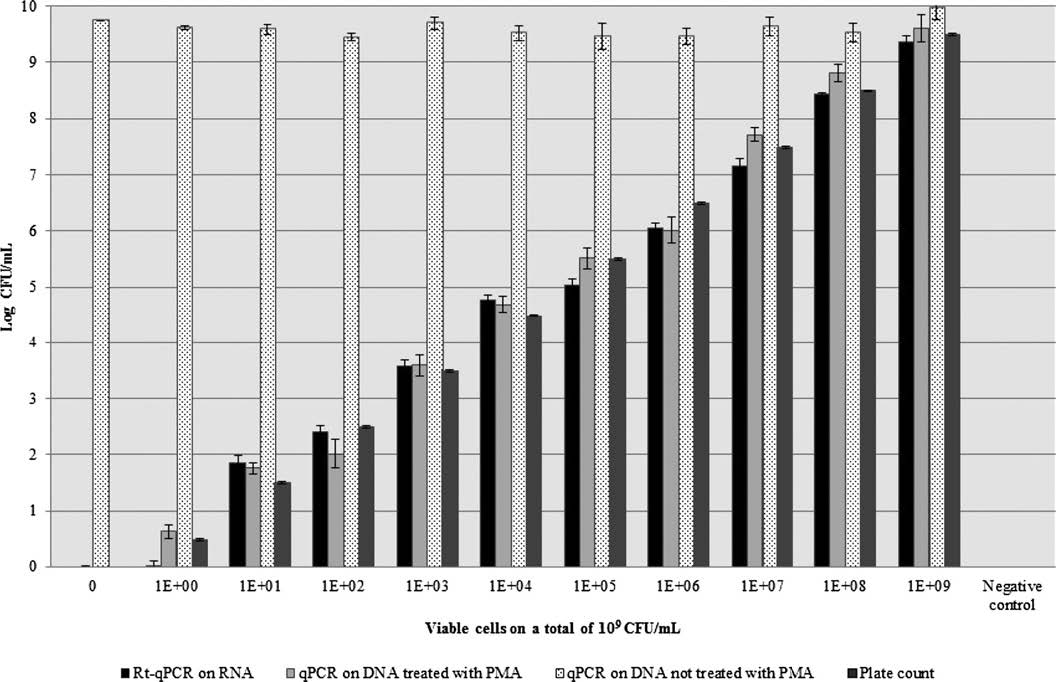
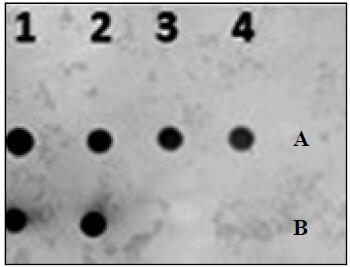
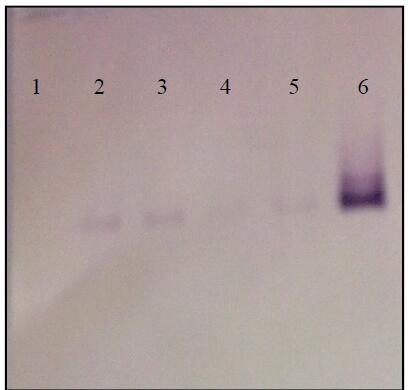
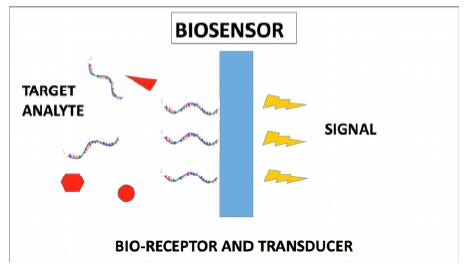
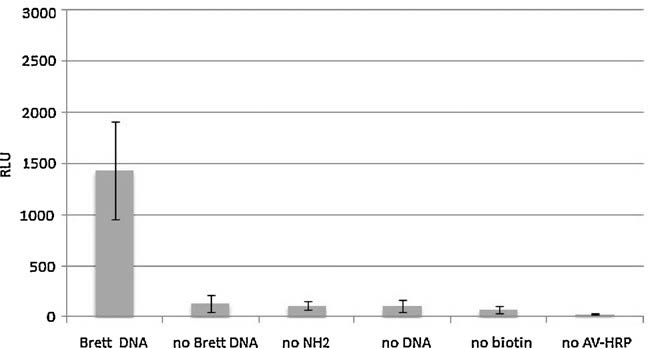
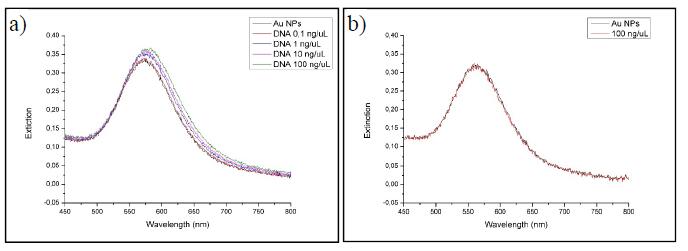
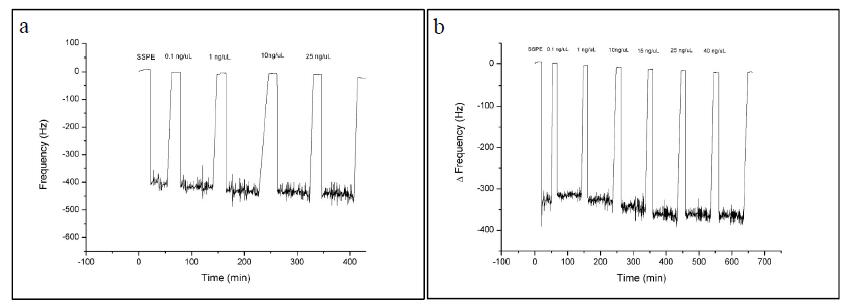


 DownLoad:
DownLoad: